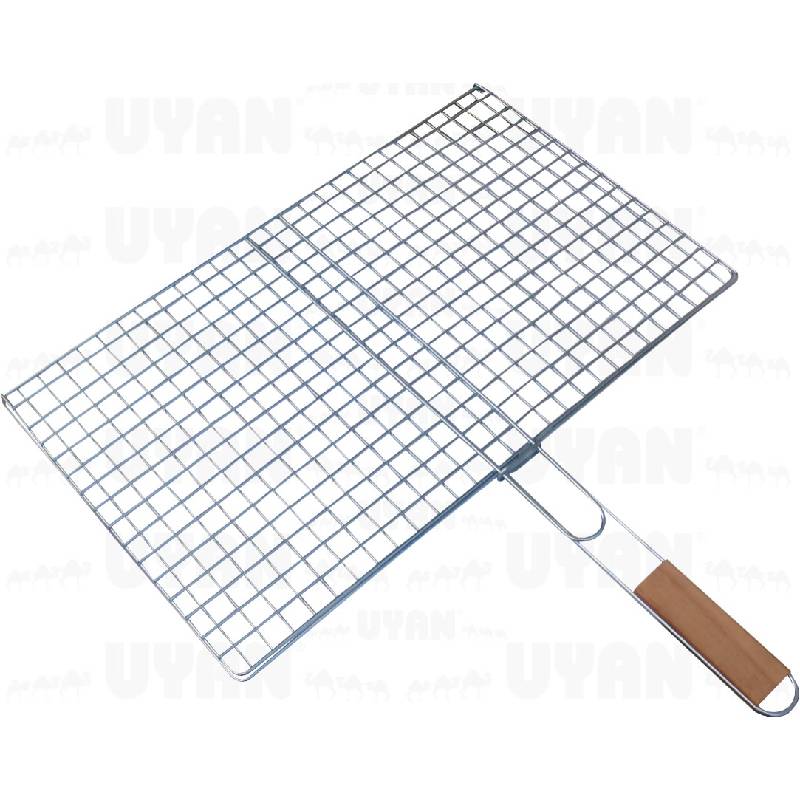
- Mobile Phone
- +8613931874955
- sales@cntcmetal.com
Exploring the Benefits and Applications of Pigtail Coil Springs in Various Industries
Understanding Pigtail Coil Springs A Comprehensive Overview
Pigtail coil springs are an essential component in various mechanical systems and applications. These springs, characterized by their unique coiled shape resembling a pigtail, are designed to provide flexibility, energy absorption, and support to a range of products. Their distinctive design allows for efficient movement and flexibility, making them indispensable in industries such as automotive, aerospace, and manufacturing.
Design and Structure
The design of pigtail coil springs is critical to their functionality. Typically made from high-carbon steel, stainless steel, or other resilient materials, these springs are crafted to withstand varying loads while maintaining their original shape and integrity. The coiling process is meticulous; the springs are wound in a specific manner to ensure they can flex and return to their original position without permanent deformation.
One of the defining features of pigtail coil springs is their ends, which are often shaped in a way that allows for easy attachment to other components. These ends can be looped, bent, or straightened, depending on the specific application. This versatility is what makes pigtail coils ideal for a multitude of implementations.
Applications in Industries
The applications of pigtail coil springs are vast and varied. In the automotive industry, they are often used in suspension systems, providing stability and comfort by absorbing shocks from the road. They are also utilized in brake systems, where their ability to return to a compressed state quickly is essential for effective operation.
pigtail coil springs

In the aerospace sector, pigtail coil springs are found in landing gear systems, control surfaces, and other critical components
. Their lightweight design combined with high strength makes them ideal for applications where every ounce of weight matters. These springs help in ensuring safe and reliable operations in the demanding environment of aviation.In the manufacturing realm, pigtail coil springs are used in assembly lines and machinery applications. They can be found in devices like conveyor belts, where they provide tension and facilitate smooth operations. Their ability to absorb energy also plays a crucial role in vibration damping, leading to improved equipment longevity and reliability.
Advantages of Pigtail Coil Springs
One of the main advantages of pigtail coil springs is their excellent energy storage capacity. They can absorb and release energy effectively, making them ideal for applications that require repeated motion or rapid energy transfer. Additionally, their compact design allows them to be integrated into tight spaces without compromising the performance of the overall system.
Another significant benefit is their durability. When manufactured from high-quality materials, pigtail coil springs can withstand significant stress and strains, providing a long service life with minimal maintenance. This durability contributes to reduced operational costs and increased efficiency in various applications.
Conclusion
In summary, pigtail coil springs are a vital component in numerous mechanical systems across different industries. Their unique design allows for flexibility, energy absorption, and efficient movement, making them invaluable in enhancing performance and reliability. As technology continues to advance, the applications for pigtail coil springs are likely to expand, demonstrating their enduring importance in modern engineering and manufacturing. Whether in automobiles, aircraft, or industrial machinery, these springs play a crucial role in shaping the way devices function and perform.
share:
-
Your Source for Concrete Wall Ties and Masonry AccessoriesNewsJul.10,2025
-
Unlocking the Power of Iron Wire for Every ProjectNewsJul.10,2025
-
Explore Advanced Chain Wire and Stainless Steel Mesh FencingNewsJul.10,2025
-
Discover the Benefits of Annealed Wire ProductsNewsJul.10,2025
-
Discover China Stainless Steel Wire Mesh SolutionsNewsJul.10,2025
-
Build with Confidence Using High-Performance Masonry AccessoriesNewsJul.10,2025
-
Why Sacrificial Formwork Is Redefining Underground ConstructionNewsJun.06,2025



















